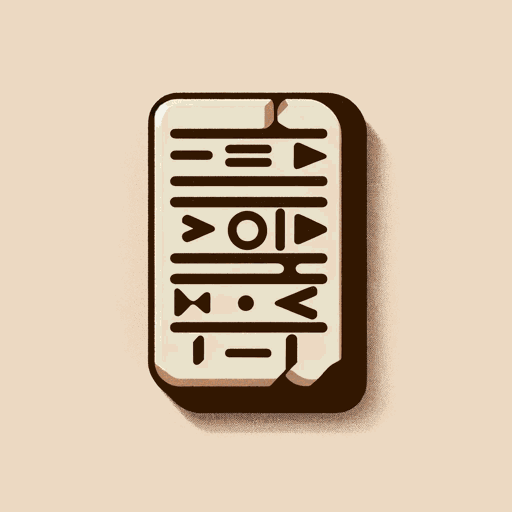55 pages • 1 hour read
Leonard William King, ed.The Seven Tablets of Creation: The Enuma Elish
Fiction | Scripture | Adult | BCEA modern alternative to SparkNotes and CliffsNotes, SuperSummary offers high-quality Study Guides with detailed chapter summaries and analysis of major themes, characters, and more.
“Other Accounts of the History of Creation”Chapter Summaries & Analyses
“Other Accounts of the History of Creation” Summary
King includes a series of five partial stories that are derivative of the Seven Tablets, each of which is similar to the original story but also contains major changes. In “Another Version of the Dragon Myth,” humanity pleads with the gods to do something about the dragon, which is 50 kaspu (about 300 miles) in length and one kaspu (six miles) high, with a six-cubit- (nine-foot-) wide mouth. The gods in heaven are also fearful of the dragon and grab the robe of the Moon-god in anxiety, asking who will save them. Much of this cuneiform is missing, but it does say that the dragon was killed and that its body bled for “three years, three months, one day and one night” (200). King spends a fair amount of time pointing out that the dragon’s mouth was disproportionately small for the dragon’s body in this account, implying that several different stories were compiled in the eventual cuneiform (200-01).
The tablet containing “A Reference to the Creation of the Cattle and the Beasts of the Field” describes the assembly of the gods creating the heavens and earth and populating the world with living creatures. They design “[…] the cattle of the field, and the beasts of the field, and the creatures of the city […]” (203).

